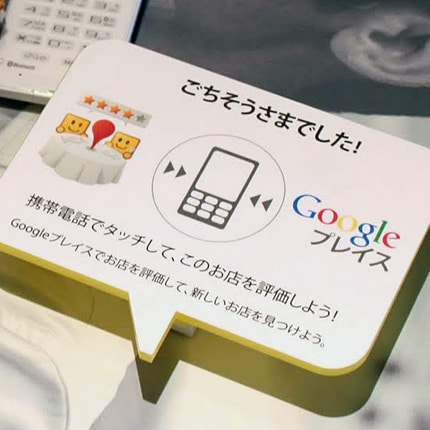
What Is The Pancreas?The pancreas is a 6-inch long organ located behind the stomach in the back of the abdomen. It is spongy and shaped somewhat like a fish, extended horizontally across the abdomen. The head of the pancreas is on the right side of the abdomen where the stomach is attached to the first part of the small intestine (the duodenum). The tail of the pancreas - its narrowest part - extends to the left side of the abdomen next to the spleen.
The pancreas contains exocrine and endocrine glands that create pancreatic juices, hormones, and insulin. Pancreatic juices, or enzymes, made by the exocrine glands are released into the intestines by way of a series of ducts in order to help digest fat, proteins, and carbohydrates. Over 95% of the pancreas is made up of exocrine glands and ducts. The endocrine cells are arranged in small clusters called islets of Langerhans, which release insulin and glucagon into the bloodstream. These two hormones manage levels of sugar in the blood. When they are not working properly, the result is often diabetes.
What Is Pancreatic Cancer?Cancer is a class of diseases characterized by out-of-control cell growth, and pancreatic cancer occurs when this uncontrolled cell growth begins in the pancreas. Rather than developing into healthy, normal pancreas tissue, these abnormal cells continue dividing and form lumps or masses of tissue called tumors. Tumors then interfere with the main functions of the pancreas. If a tumor stays in one spot and demonstrates limited growth, it is generally considered to be benign.
More dangerous, or malignant, tumors form when the
cancer cells migrate to other parts of the body through the blood or lymph systems. When a tumor successfully spreads to other parts of the body and grows, invading and destroying other healthy tissues, it is said to have metastasized. This process itself is called metastasis, and the result is a more serious condition that is very difficult to treat.
In the United States each year, over 30,000 people are diagnosed with pancreatic
cancer. Europe sees more than 60,000 diagnoses each year. Because pancreatic cancer is usually diagnosed late into its development, the five-year survival rate after diagnosis is less than 5%.
How Is Pancreatic Cancer Classified?
Pancreatic cancer is categorized depending on whether it affects the exocrine or endocrine functions of the pancreas. There is an important distinction between the two broad types of pancreatic cancer because they have different risk factors, causes, symptoms, diagnostic tests, treatments, and prognoses.
Tumors that affect the exocrine functions are the most common type of pancreatic
cancer. Sometimes these tumors or cysts are benign, called cystadenomas. However, it is more likely to find malignant tumors called adenocarcinomas, which account for 95% of exocrine pancreatic cancers. Adenocarcinomas typically start in gland cells in the ducts of the pancreas, but they can also arise from pancreatic enzyme cells (acinar cell carcinoma).
Other types of pancreatic cancers that are associated with exocrine functions include adenosquamous carcinomas, squamous cell carcinomas, and giant cell carcinomas, named for their appearances underneath a microscope. There is also a disease called ampullary cancer (carcinoma of the ampulla of Vater) that starts where the bile duct and pancreatic duct meet the duodenum of the small intestine.
Tumors that affect the endocrine functions of the pancreas are called neuroendocrine or islet cell tumors, but these are fairly uncommon. These tumors are named for the type of hormone-producing cell that is initially affected. For example: insulinomas (insulin), glucagonomas (glucagon), gastrinomas (gastrin), somatostatinomas (somatostatin), and VIPomas (vasoactive intestinal peptide or VIP). Functioning islet cell tumors still make hormones, while non-functioning ones do not. Most of these tumors are benign, but non-functioning tumors are more likely to be malignant, islet cell carcinomas.
source:www.medicalnewstoday.com






